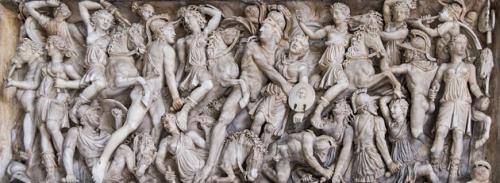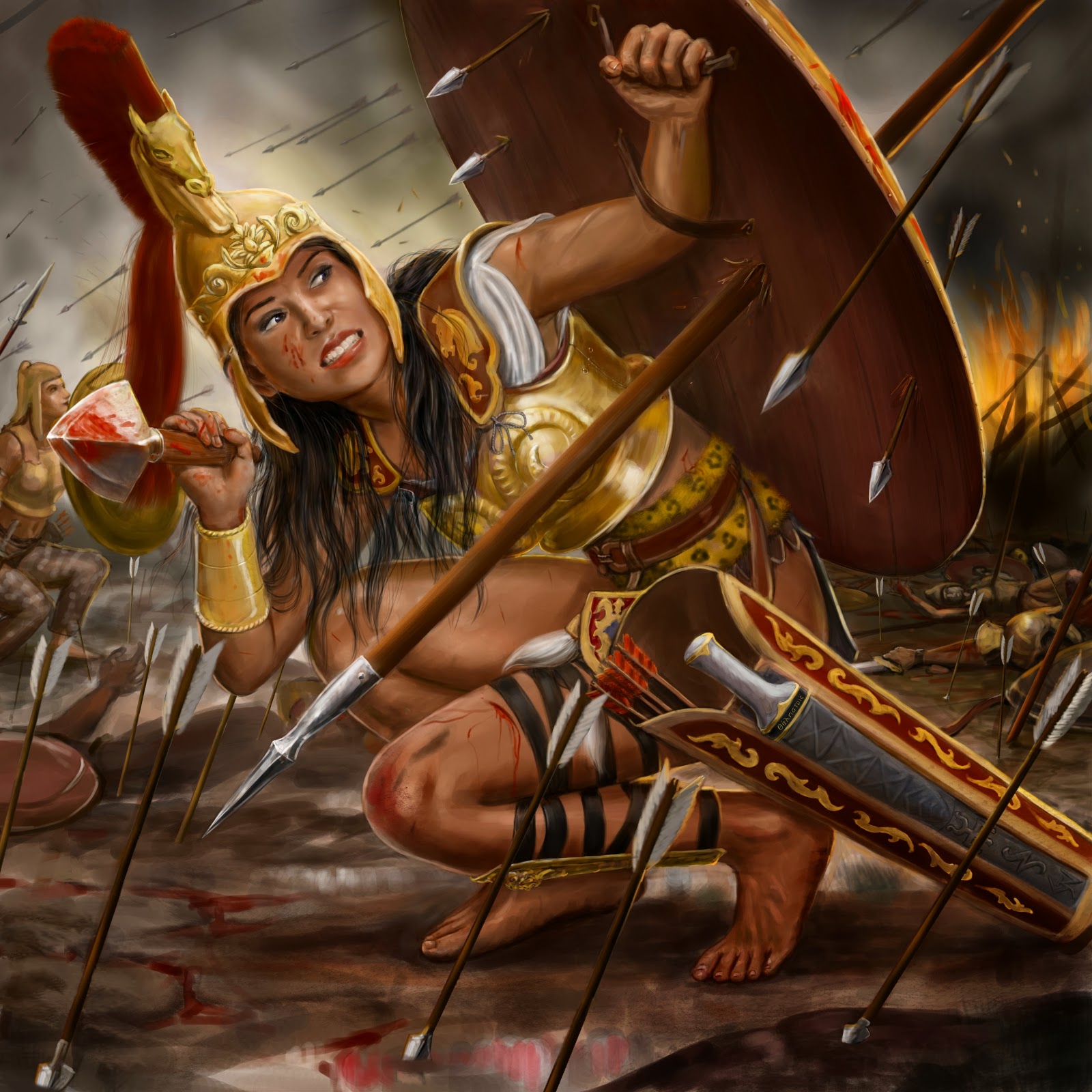Latest research shows that the ancient Amazonian female warriors made famous by Greek legend were actually real and not just the stuff of fantasy. Research scholar Adrienne Mayor’s book, “The Amazons: Lives and Legends of Warrior Women Across the Ancient World”, claims that the real-life female Amazons fought battles alongside men and matched them in strength and skill.

A battle between Amazons and Greek warriors depicted in a marble sarcophagus at the Pio Clementino museum in the Vatican
Mayor’s investigation gathered all ancient Greek and Latin references to the Amazons and “war-like barbarian” women and found that they were usually found in nomadic tribes that roamed an area known as Scythia in Sarmatia that is now occupied by modern Ukraine. In her research, she consulted early European travelers’ reports and ethnographical materials.
She points to “battle-scarred skeletons of women that were buried with their weapons and horses” and Scythian mummies that had tattoos such as the ones that Amazon women were depicted to have in ancient Greek art.
Homer and Herodotus refered to Hippolyta, Antiope and Penthesilea who were huntresses and rivals of men. They battled with Hercules and fought alongside the Trojans, and now it appears that they were more than figments of the imagination. In Greece, they were described as warlike women of exotic eastern lands and were subject to admiration. Mayor’s research found that these women often wore the same clothes as their male counterparts, smoked pot, covered their skin with tattoos, rode horses and cut off their breasts to fight better, they even mutliated or killed their male children and were depicted with great respect and admiration.
Admiration for the Amazons
Ms. Mayor writes that after Queen Penthesilea was slain in The Fall of Troy, “All the Greeks on the battlefield crowded around and marveled, wishing with all their hearts that their wives at home could be just like her.”
In her book she says: “After Heracles, Amazons were the single most popular subjects in vase paintings of myths. Artistic Greek objects of all sorts, crafted for men, women, boys and girls, underscored that admiration for the Amazons transcended gender and age groups.
Ask me anything
Explore related questions






